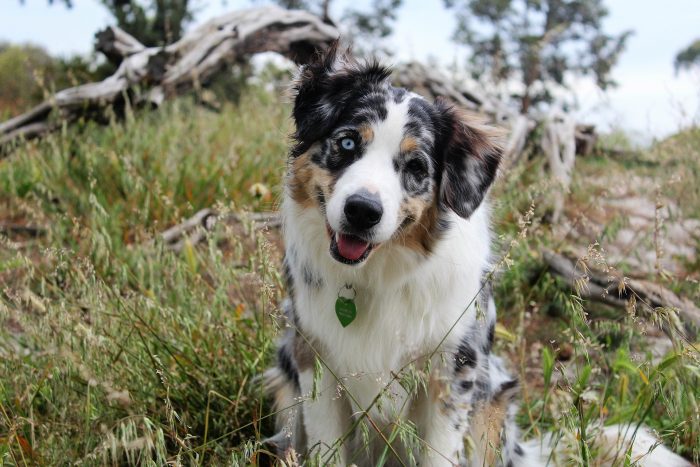Seizures in dogs are terrifying events for owners. Seeing your pet writhe uncontrollably on the ground can make you feel helpless. But how often do dogs have seizures? The short answer is: seizures are not common – but not uncommon.
Estimates say that seizures occur in 0.5 to 0.7 percent of all dogs – about 1 in 200. But a dog’s risk for seizures depends on many other factors, including breed and age. There are also different types of seizures posing different dangers to your dog.
Types of Seizures in Dogs
Seizures in dogs happen because of abnormal electrical activity in the brain. The type if seizure your dog may have depends on the location and duration of that brain activity. Common types of dog seizures are:
Grand Mal: The most common – and most severe – seizure found in dogs is the grand mal seizure. Also known as a generalized seizure, it lasts from a few seconds to a few minutes – and affects the entire brain and body. Grand mal seizures can become dangerous if multiple seizures happen in a row.
Focal: A focal seizure is the result of abnormal electric activity happening in a particular area of the brain. Focal seizures generally cause one limb, or one side of the body, to convulse. Focal seizures are usually short – a few seconds – but can extend into a grand mal seizure.
Psychomotor: A psychomotor seizure can be tough to identify the first time it happens. Your dog will exhibit strange behavior – like chasing his tail or attacking an imaginary object. You will be able to recognize a psychomotor seizure when it happens multiple times, because your dog will exhibit the same behavior in each instance.
Idiopathic Epilepsy: Seizures that happen for no particular reason are generally attributed to idiopathic epilepsy, which is genetically passed on through family lines, and is more prevalent in certain breeds.
Breeds Prone to Seizures
While any dog can suffer from seizures, there are certain breeds genetically predisposed to canine epilepsy. Responsible breeders will eliminate those with epilepsy from the breeding pool, but it’s not an exact science.
The following breeds are most likely to suffer from seizures: Beagles, Keeshonds, Belgian Tervurens, Golden Retrievers, Labrador Retrievers, Vizslas, Shelties, Bernese Mountain Dogs, Saint Bernards, Border Collies and German Shepherds.
What Does It Mean if Your Breed is on The List?
As you can see above, some of the most popular breeds in the country are on the list. The Lab and Golden are numbers 1 and 3 on the AKC’s most popular dog list. Genetic predisposition to seizures doesn’t mean you should steer clear of these breeds – and it certainly doesn’t mean that if you do have one of these breeds he will suffer from seizures.
Again, only 1 in 200 dogs ever get them. There are several factors each family should consider when choosing a dog breed – temperament, sociability, size, exercise needs, coat – the list goes on. The potential for seizures should be part of the decision process, but should not drive it. If you do have one of these breeds, simply keep an eye on their progress – epilepsy normally shows up in dogs between the ages of 6 months and 6 years.
What Does a Dog Seizure Look Like?
No one knows your dog like you. If your dog is about to have a seizure, you will likely notice an abrupt change in behavior. Many dogs will look dazed and confused prior to a seizure. They may stare into nothing with their eyes glazed over.
Once a dog seizure begins, you will surely notice it. Your dog will likely collapse, lose consciousness and begin to twitch uncontrollably. They may drool, chew their tongue or even foam at the mouth. There is nothing you can do to stop a seizure. You must simply let it run its course.
Treatment & Management of Dog Seizures
Seizures are not a death sentence for your dog. They can be a lifelong health issue that you will have to manage with medication, natural remedies and care, but your dog will live a normal, happy life outside of isolated incidents.
It’s important to remember not to be anxious about your dog’s seizures, and not to overreact when they happen. Your dog will need you to be there to comfort him after seizures. A calming presence goes a long way. Just do your homework, look for the signs, and seek veterinary help for your dog when necessary.






